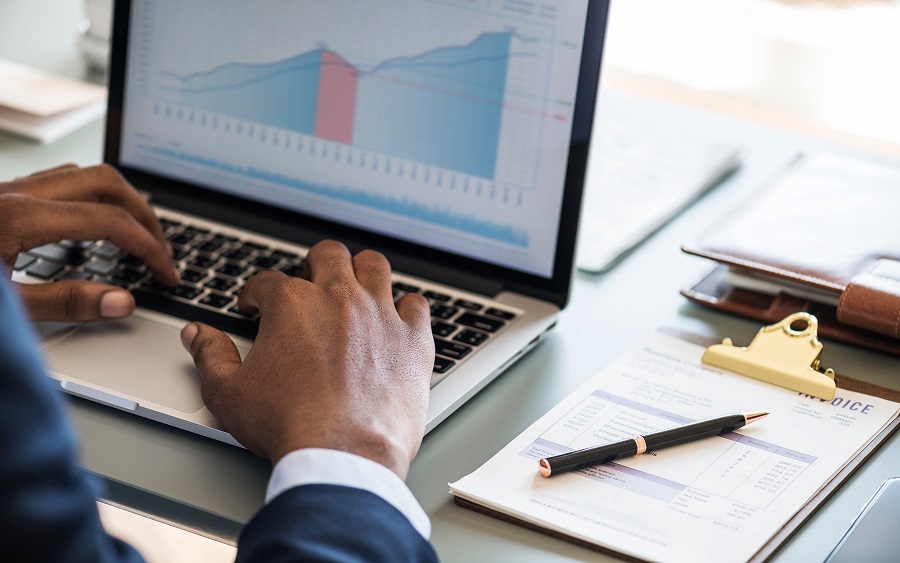How do I format a balance sheet?
Assets
Assets are subdivided into current and long-term assets to reflect the ease of liquidating each asset. Cash, for obvious reasons, is considered the most liquid of all assets. Long-term assets, such as real estate or machinery, are less likely to sell overnight or have the capability of being quickly converted into a current asset, such as cash.
Current assets: Current assets are assets that can be easily converted into cash within one calendar year. Examples of current assets are checking or money market accounts, accounts receivable, and notes receivable that are due within one year’s time.
- Cash: Money available immediately, such as in checking accounts, is the most liquid of all short-term assets.
- Accounts receivable: This is money owed to the business for purchases made by customers, suppliers, and other vendors.
- Notes receivable: Notes receivable that are due within one year are current assets. Notes that cannot be collected on within one year should be considered long-term assets.
[READ MORE: What business owners need to know about balance sheets 1]
Long-term assets: Long-term assets include land, buildings, machinery, and vehicles that are used in connection with the business.
- Land: Land is considered a fixed asset but, unlike other fixed assets, is not depreciated, because land is considered an asset that never wears out.
- Buildings: Buildings are categorized as fixed assets and are depreciated over time.
- Office equipment: This includes copiers, fax machines, printers, and computers used in your business.
- Machinery: This figure represents machines and equipment used in your plant to produce your product. Examples of machinery might include lathes, conveyor belts, or a printing press.
- Vehicles: This includes any vehicles used in your business.
- Total fixed assets: This is the total dollar value of all fixed assets in your business, less any accumulated depreciation.
Total assets: This figure represents the total dollar value of both short-term and long-term assets of your business.
Creating a balance sheet might seem difficult, but it is essential for your business.
Liabilities and owners’ equity
This includes all debts and obligations owed by the business to outside creditors, vendors, or banks that are payable within one year, plus the owners’ equity. Often, this side of the balance sheet is simply referred to as “liabilities.”
Current liabilities: This is the sum total of all current liabilities owed to creditors that must be paid within a one-year time frame.
-
- Accounts payable: This is comprised of all short-term obligations owed by your business to creditors, suppliers, and other vendors. Accounts payable can include supplies and materials acquired on credit.
- Notes payable: This represents money owed on a short-term collection cycle of one year or less. It may include banknotes, mortgage obligations, or vehicle payments.
- Accrued payroll and withholding: This includes earned wages or withholdings that are owed to or for employees, but have not yet been paid.
Long-term liabilities: These are any debts or obligations owed by the business that are due more than one year out from the current date.
- Mortgage note payable: This is the balance of a mortgage that extends beyond the current year. For example, you may have paid off three years of a fifteen-year mortgage note, of which the remaining eleven years (excluding the current year) are considered long term.
- Owners’ equity: Sometimes this is referred to as stockholders’ equity. Owners’ equity is made up of the initial investment in the business, as well as retained earnings that are reinvested in the business. Remember, total liabilities, including owners’ equity, must equal the assets. The way you achieve balance is by totaling up all the assets of the business, then subtracting all of the liabilities, except for owners’ equity. The remaining amount is the owners’ equity.
- Common stock: This is stock issued as part of the initial or later-stage investment in the business. This stock remains fixed at its initial valuation on the company’s books.
- Retained earnings: These are earnings reinvested in the business after the deduction of any distribution to shareholders, such as dividend payments. Retained earnings are determined by subtracting common stock from the owners’ equity.
- Total liabilities and owners’ equity: This comprises all debts and monies that are owed to outside creditors, vendors, or banks and the remaining monies that are owed to shareholders, including retained earnings reinvested in the business.
[READ ALSO: Is there a legitimate Nigerian business that can guarantee 5-10% monthly interest?]
The difference between a balance sheet and an income statement
Your balance sheet and income statement are two of the most important documents your business has.
Your income statement lists the revenues, expenses, and profits and losses accrued during a specific period. It gives a quick picture of what profits your business is generating. Unlike a balance sheet, it doesn’t show your liabilities and debt.
The bottom line of an income statement is the company’s net earnings or losses, which shows how profitable your business has become.
